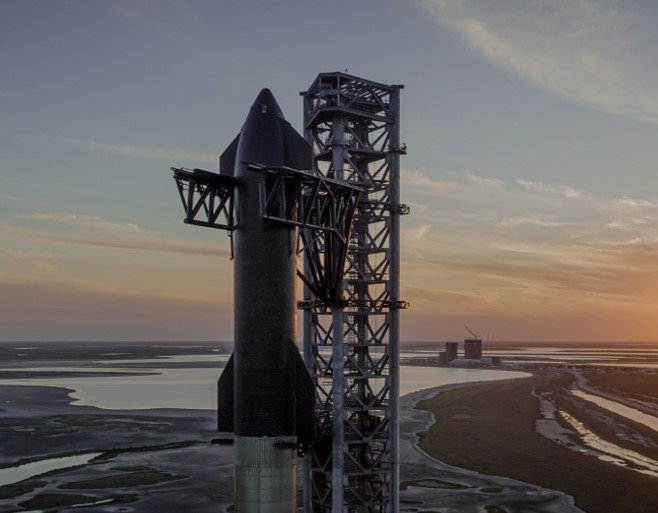SpaceX Faces Setback, Starship Breaks Up Mid-Mission, Disrupts Air Traffic
A SpaceX Starship prototype experienced a critical failure in space shortly after its launch from South Texas on Thursday. The mishap disrupted airline routes over the Gulf of Mexico, forcing some flights to divert and raising questions about the safety protocols surrounding such high-stakes launches.
The incident occurred eight minutes after liftoff at 5:38 p.m. EST (2238 GMT), when SpaceX mission control lost communication with the upgraded Starship. The rocket was carrying its first test payload of mock satellites. “We did lose all communications with the ship – that is essentially telling us we had an anomaly with the upper stage,” stated SpaceX Communications Manager Dan Huot. Moments later, it was confirmed that the Starship prototype was lost.
Flights Diverted Amid Safety Concerns
Following the failure, dramatic visuals captured orange streaks across the skies of Port-Au-Prince, Haiti, accompanied by smoke trails. This prompted a series of precautions for air traffic.
At Miami International Airport, some flights were grounded, while approximately 20 commercial flights altered their routes or diverted to other airports to avoid potential debris, according to flight data from tracking site FlightRadar24. The Federal Aviation Administration (FAA) is currently assessing the incident.
Success is uncertain, but entertainment is guaranteed! ✨
pic.twitter.com/nn3PiP8XwG— Elon Musk (@elonmusk) January 16, 2025
Musk Acknowledges the Mishap
In characteristic fashion, SpaceX CEO Elon Musk shared a video of the debris field on his social media platform, X, commenting, “Success is uncertain, but entertainment is guaranteed!”
The test involved a new-generation Starship upper stage, 2 meters taller than its predecessors, designed to demonstrate advancements in SpaceX’s multibillion-dollar rocket program aimed at Mars missions and satellite deployment. The prototype was intended to make a controlled splashdown in the Indian Ocean approximately an hour after launch.
SpaceX has earned a reputation for its “test-to-failure” development approach, where prototypes are pushed to their engineering limits. While this strategy has led to significant technological advancements, it has also resulted in several high-profile failures.
The latest setback comes after six prior Starship tests since 2023, including a March 2024 failure where an upper stage disintegrated during reentry over the Indian Ocean. However, Thursday’s anomaly occurred during a mission phase that SpaceX had successfully navigated in the past.
Despite the failure, the towering Super Heavy booster achieved its goal of returning to the launchpad. It executed a controlled descent using its Raptor engines and successfully hooked onto mechanical arms fixed to the launch tower.
The Starship program is central to Musk’s vision of building a rocket capable of transporting humans and cargo to Mars while supporting satellite deployment on an unprecedented scale. However, repeated failures during test flights have underscored the challenges of achieving such ambitious objectives.
Also see:
Auspicious Amrit Snan at Maha Kumbh 2025
Blue Origin New Glenn Rocket Launch Delayed
China Considers TikTok US Sale to Elon Musk
Maha Kumbh Mela 2025: A Historic Convergence of Devotion and Tradition
—————————————————————
It would mean the world to us if you follow us on Twitter, Instagram and Facebook.




